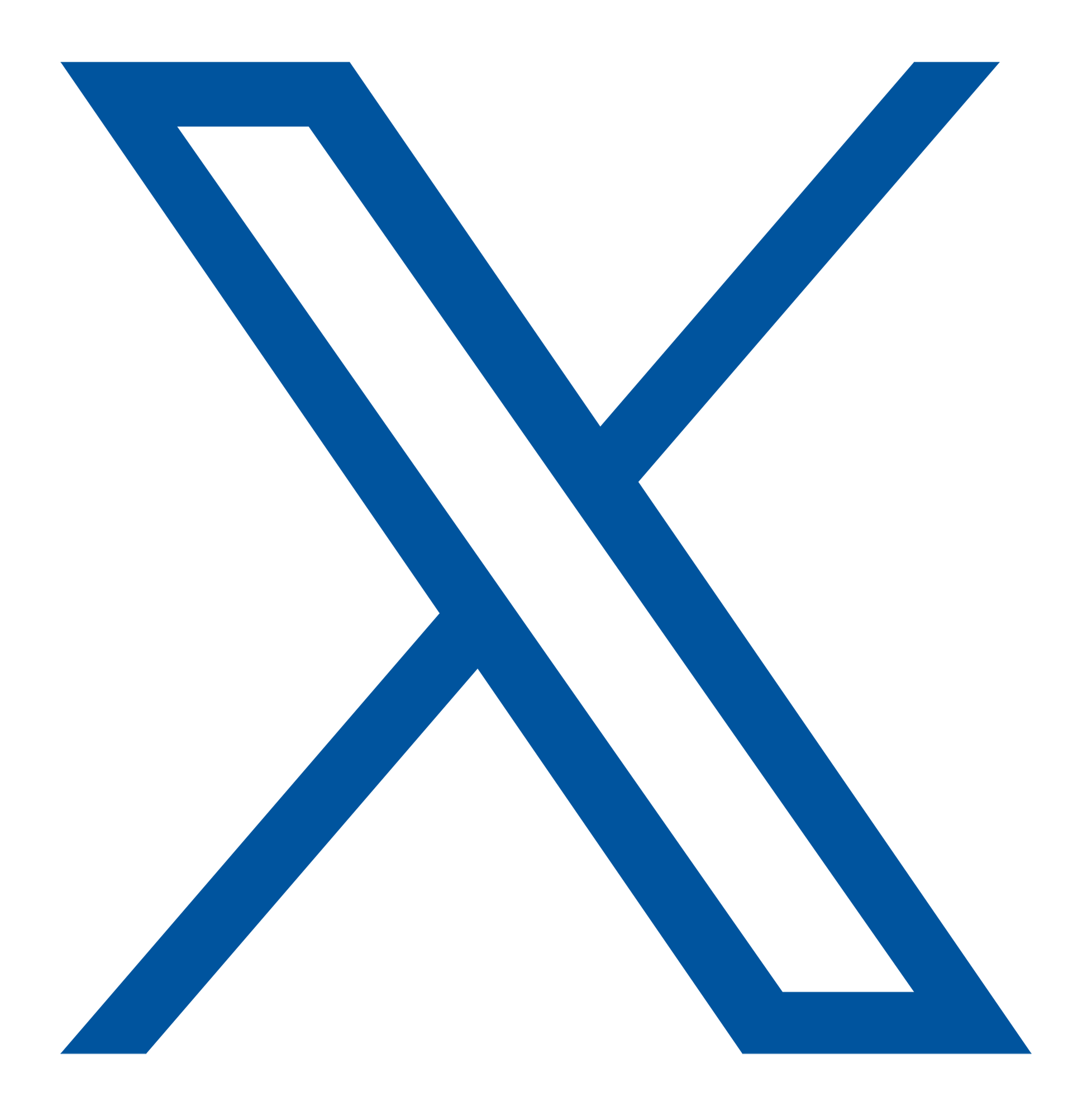The COVID-19 pandemic has left profound impacts on businesses worldwide, forcing many organizations to pivot to remote work. COVID-19 has taught companies that good, efficient work can be done from anywhere, and that talent identification shouldn’t be confined to geographic locations. As the pandemic continues, some organizations have struggled with how to hire and onboard top talent remotely.
During a recent AAIS Webinar titled “The Challenges of Remote Hiring and Onboarding: Best practices for attracting, qualifying, hiring, and onboarding new employees virtually”, guest host Sharon Emek, President and CEO of Work at Home Vintage Experts (WAHVE), explored why businesses are struggling with remote hiring and onboarding, how companies can change, what companies should be asking themselves during the recruiting and onboarding process, and suggestions of best practices in adopting and maintaining these changes.
Ms. Emek is uniquely positioned to present on this topic, as her organization works to unite ‘pretiring’ professionals with talent seeking organizations. ‘Pretiring’ describes “a vintage professional who has left the traditional workforce to phase into retirement in a work-at-home position while remaining valued and engaged” (WAHVE, 2020). WAHVE works with remote workers and knows what is needed and expected for a great remote environment, including hiring and onboarding practices.
Ms. Emek explained that most companies fail at an essential part of the hiring process– tracking where and how they found their talent, whether the talent capture was successful, and if their overall practices led to good hires. “We are still functioning in an old paradigm,” Emek added, explaining that organizations continue to use the same hiring practices that are outdated, biased, and ineffective.
She noted a few common aspects of hiring that can hold employers back from finding and retaining the best talent, including:
- Difficulty in engaging talent and a struggle to attract and retain young professionals, particularly in the insurance industry;
- A bias in the selection of resumes and the interview process. Bias is known to be present in today’s hiring practices, from looking at people’s names to the color of their skin. Bias is toxic to the hiring process, and companies aren’t taking adequate steps to fix it.
- Looking solely at hard skills and fit, ignoring soft skills, cultural fit, and other important aspects. Emek explained that you can teach someone a hard skill, but not a soft skill, or characteristic important to your organization.
She noted that speed is of the essence in today’s fast-moving world. Many organizations are slow to hire, reactively hiring, and providing poor candidate experience–organizations don’t plan for what employees may need going forward and don’t respond quickly enough to requests from their new employees. She also noted that WAHVE has seen a disconnect between HR and Hiring Managers, and that there is insufficient onboarding practices and training for new hires.
COVID-19 hasn’t created these problems…it’s brought them to light. The pandemic has shown that, for many industries, it’s possible to work at home. Ms. Emek believes the future will show an overwhelming trend towards remote and hybrid work. It’s essential for organizations to change how they effectively attract, hire, and onboard now, so they’re ready to create this flexible environment.
A huge advantage of remote work is that it comes with a countrywide talent pool; companies no longer have to search for talent by ZIP code; people can work from anywhere. But the biggest question for companies today is how they are going to effectively hire, attract, onboard, and keep people on in this remote environment?
Ms. Emek suggests companies ask themselves the following questions:
- Are we looking in the right places to fill our candidate pipelines?
- Do we have great job ads?
- Do we communicate quickly with candidates and with each other?
- Have we looked for bias in our selection process?
- Are we taking too long to make decisions?
- Are we using all recruiting strategies?
- Are we measuring the result of our recruitment strategies?
In Part 2 of this 2-part series, Ms. Emek touches on how to rethink the applicant selection process, how to select applicants, how to create a better interview process, and the best onboarding practices.


